How to Propagate Trees: Step-by-Step Guide for Successful Growth
- February 10, 2025
- 0 comment
Have you ever wondered how you can grow a new tree from an existing one? Tree propagation is a straightforward yet fascinating process that allows you to create new trees using various methods. Whether you’re expanding your garden or preserving a particular tree species, understanding how to propagate trees will empower you to foster successful growth.
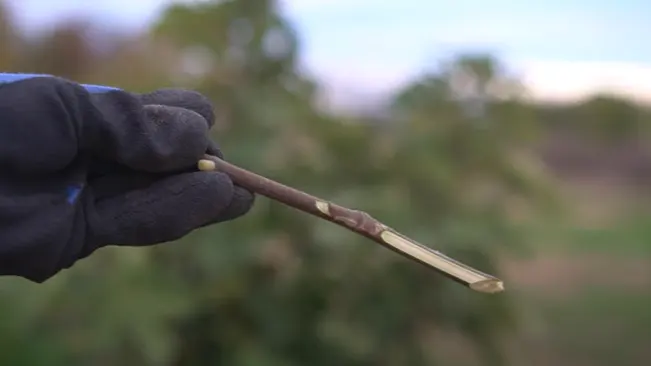
In this guide, we will explore different propagation techniques, key factors that affect their success, and practical tips to enhance your results.
What is Tree Propagation?
Tree propagation refers to the process of creating new trees from seeds, cuttings, or other plant parts. By using these techniques, you can produce genetically identical trees, known as clones, or grow new plants from seeds with genetic variations.
There are several methods for propagating trees, each suited to different tree types and desired outcomes.
Why Propagate Trees?
Tree propagation is widely used for landscaping, conservation, and agriculture.
It allows gardeners to replicate trees with specific characteristics, such as size, fruit quality, or hardiness. Additionally, propagating rare or endangered species can contribute to conservation efforts by maintaining biodiversity.
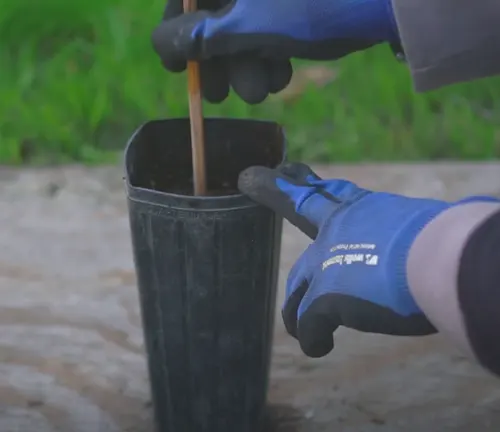
Factors That Affect Tree Propagation Success
Several factors influence the success of tree propagation, and understanding these variables can help you increase your chances of healthy, thriving trees.
1. Timing
The timing of tree propagation is crucial. Certain seasons are more favorable for specific methods, as trees are sensitive to changes in temperature, daylight, and humidity.
- Example: Hardwood cuttings (mature stems) are best taken during late autumn or winter when the tree is dormant. Conversely, softwood cuttings (younger stems) thrive when propagated in late spring or early summer during the tree’s active growth phase.
2. Tree Species
Not all trees respond the same to propagation methods.
Some species root easily from cuttings, while others require seed propagation. Understanding the characteristics of the tree species you’re working with is essential.
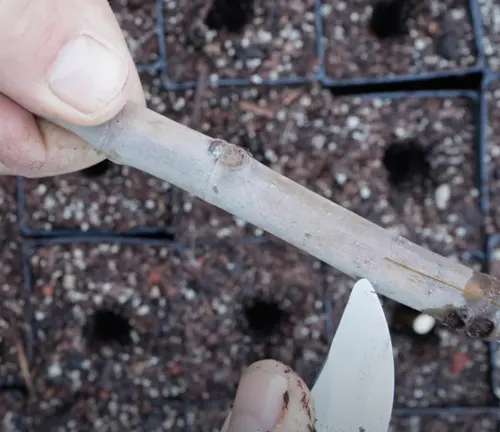
- Example: Willow trees propagate easily through cuttings because they root readily in water. However, oak trees are generally grown from acorns, as they don’t root well from cuttings.
3. Environmental Conditions
The success of tree propagation depends heavily on environmental factors like temperature, light, humidity, and soil quality. Optimal conditions vary based on the propagation method and tree species.
- Example: A warm, humid environment is ideal for rooting cuttings. A greenhouse or covered tray can help maintain these conditions and increase rooting success.
Types of Tree Propagation Methods
There are several propagation methods used for different types of trees. Understanding these techniques allows you to select the right one for your specific needs.
1. Seed Propagation
This is the most natural form of propagation, where trees grow from seeds. While seed propagation can take longer and result in genetic variation, it is the go-to method for trees that do not propagate easily from cuttings.
- Example: Maple, oak, and pine trees are typically grown from seeds. Seeds should be collected during the appropriate season and stored in cool, dry conditions before planting.
2. Cuttings
Propagation through cuttings involves taking a section of a tree’s stem, root, or leaf and encouraging it to form new roots. This method is widely used for trees that do not produce viable seeds or when genetic consistency is desired.
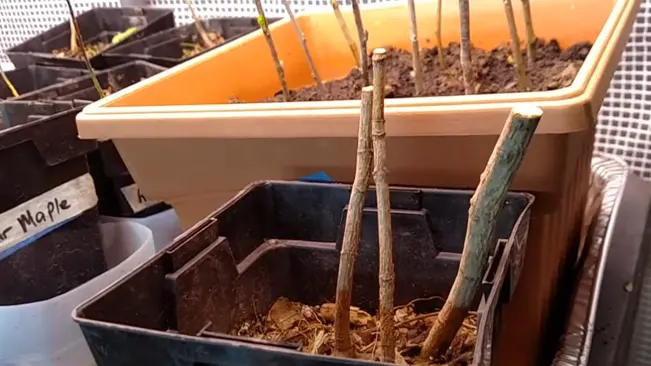
- Softwood Cuttings: Taken from new growth, these cuttings root more quickly but require careful attention to moisture.
- Hardwood Cuttings: Mature wood taken during dormancy, which takes longer to root but is more resilient to environmental fluctuations.
- Example: Fruit trees, such as apples and figs, are commonly propagated through cuttings to ensure the new tree will produce fruit identical to the parent tree.
3. Grafting
Grafting involves joining the tissues of two different plants. The rootstock (the base plant) provides the root system, while the scion (the grafted portion) becomes the top of the tree. This technique allows you to combine desirable traits, such as disease resistance from the rootstock and high fruit production from the scion.
- Example: Apple and citrus trees are often propagated through grafting to produce strong, productive trees.
4. Layering
Layering involves bending a low branch of a tree to the ground and covering part of it with soil. The branch will develop roots while still attached to the parent tree. Once rooted, the new plant can be cut from the parent tree and transplanted.
- Example: Magnolia and cherry trees are often propagated using this method.
Practical Tips for Successful Tree Propagation
To ensure the best results, follow these practical tips:
- Choose the Right Tools: Use clean, sharp tools when taking cuttings or grafting to prevent damage and infection.
- Use Rooting Hormone: For cuttings, applying a rooting hormone can increase the chances of successful root formation.
- Maintain Humidity: Keep the environment humid by misting cuttings or using a plastic cover to trap moisture. This is especially important for softwood cuttings.
- Provide Adequate Light: Ensure your cuttings or seedlings receive indirect sunlight. Direct sunlight can be too harsh and dry them out.
- Patience is Key: Tree propagation can take weeks or months. Be patient and monitor the plants closely for signs of growth.
Conclusion
Tree propagation is an effective way to grow new trees and maintain biodiversity, whether for personal gardens or larger conservation projects. By understanding the factors that affect propagation and selecting the appropriate method for your tree species, you can enjoy successful results.
Always consider environmental conditions, species traits, and the proper tools for each propagation technique. With patience and careful attention, you can propagate trees successfully and contribute to a greener world.
Frequently Asked Questions (FAQ’s)
- What is tree propagation?
It’s a way to grow new trees from seeds, cuttings, or other parts of a tree. - What are the main methods to propagate trees?
Common methods are using seeds, cuttings, grafting, and layering. - What is seed propagation?
It’s growing a tree from a seed, which is the natural way trees reproduce. - What is cutting propagation?
It involves taking a part of a tree (like a stem) and helping it grow roots to become a new tree. - What is grafting?
Grafting combines two plants: one provides the roots, and the other grows the top part. - What is layering?
Layering involves bending a tree branch to the ground, covering it with soil, and waiting for it to grow roots. - What is the best time to propagate trees?
It depends on the method, but late spring to early summer is best for cuttings. Seeds are usually planted in fall or spring. - Do all trees propagate the same way?
No, different trees work best with different methods. For example, willows root easily from cuttings, but oaks are better grown from seeds. - Do I need special tools for propagation?
Yes, you’ll need clean, sharp tools for cutting or grafting and rooting hormone for better success with cuttings. - How long does it take to propagate a tree?
It can take anywhere from a few weeks to a few months, depending on the method and tree species. Patience is key!
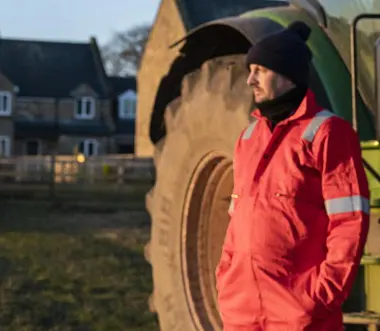
Charles Hayes
Forestry AuthorI'm Charles Hayes, I bring over 15 years of specialized expertise in landscaping and woodworking, blending artistic design with sustainable environmental stewardship. My career, fueled by a profound passion for the natural world, encompasses extensive education and hands-on experience in creating harmonious, eco-friendly outdoor spaces and responsibly managing forest resources. Recognized for my professional standing, I am committed to continuous learning and certification in cutting-edge practices. My expertise is not only reflected in my work but also in my contributions to community projects, educational workshops, and collaborations with industry leaders. As an authoritative voice in my field, I strive to share knowledge and promote environmentally conscious approaches, making me a trusted resource in landscaping and forestry.

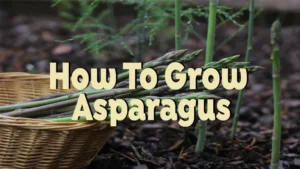

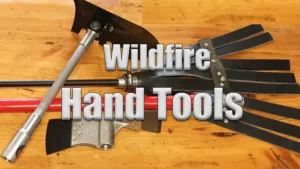
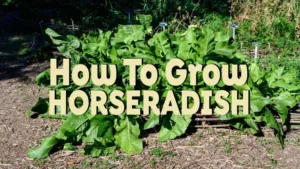

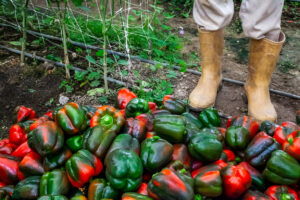


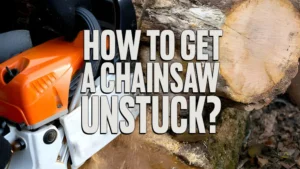
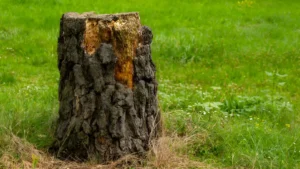
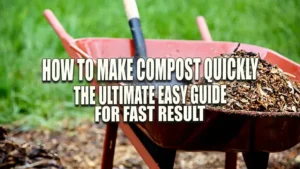

Leave your comment